Efforts to maintain the "rhythm" of healthcare in remote areas
After the merger, Tuyen Quang province has 124 commune-level administrative units, 22 ethnic groups living together, of which about 85% of the population resides in rural, remote and isolated areas, where there are already many difficulties in accessing health services.
Many communes after the merger have expanded by one and a half times, and the number of villages and hamlets has increased significantly. However, the grassroots health network, especially human resources, has remained almost unchanged, causing increasing pressure.
According to the Department of Health, despite facing many challenges, the Tuyen Quang health sector still maintains a proactive and flexible spirit. Ensuring the right to health care for all people, especially ethnic minorities in remote areas, is always a top priority. The health sector is determined not to let changes in administrative boundaries disrupt the grassroots health care system.
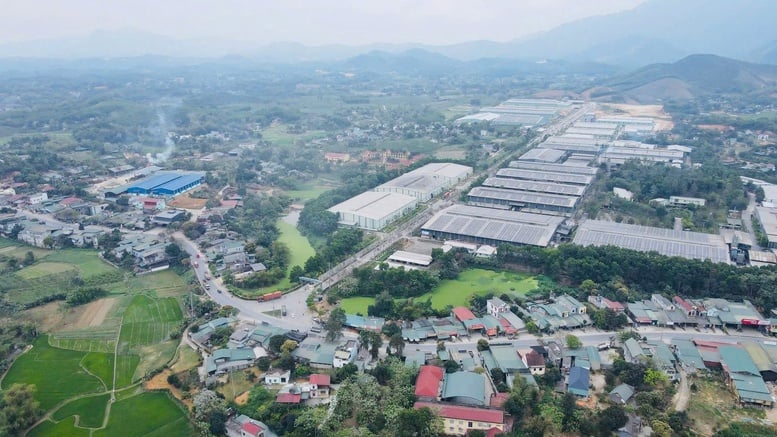
Yen Son Commune, Tuyen Quang Province
One of the solutions that is considered effective is to maintain the operation of old health stations as "satellites" to support the central health stations in newly merged communes. Thanks to that, the health network is not broken, still ensuring the ability to respond promptly, especially in difficult areas far from the center.
At Chan Son Health Station (Yen Son Commune), which currently manages 12 villages, Station Chief Pham Duy Hung shared: "We maintain 24/7 duty to examine common illnesses and handle emergency cases, while promoting community health care and consultation. Although our staff is limited, we try to maximize our existing resources."
Mr. Thao Van Han, a Mong ethnic in Yen Son commune, hopes: "We hope that the medical stations will not only be kept intact, but also have more doctors and more modern equipment. Only then will people feel secure in receiving treatment locally without having to travel dozens of kilometers to higher levels."
Long term solution
According to the report of the People's Committee of Tuyen Quang province, in recent times, the provincial health sector has achieved many positive results, especially in health care for ethnic minorities. Currently, 100% of communes in the province have health stations, of which 98% of stations have regular doctors. About 90% of ethnic minorities have health insurance cards and are entitled to free medical examination and treatment at the facility.
In addition, communication and health education on proper nutrition, personal hygiene, breastfeeding, etc. have also been promoted. The province has also mobilized social resources to implement a semi-boarding kitchen model at ethnic boarding schools, contributing to improving meals and improving students' physical condition.
Not stopping at current achievements, Tuyen Quang province is preparing to enter a new development phase with a series of key health policies for the period 2026-2030. In particular, 6 main groups of solutions have been clearly identified:
Firstly, regarding specific policy mechanisms, review and propose policies to attract good medical staff to work in disadvantaged areas, and increase the level of support for medical examination and treatment and nutrition for disadvantaged groups.
Second, regarding investment in infrastructure and equipment, prioritize the budget to upgrade medical stations in remote areas, ensuring basic medical examination and treatment and epidemic prevention equipment.
Third, on human resource development, strengthen specialized training and continuous training for medical staff, especially ethnic minorities. Rotate upper-level staff to support communes.
Fourth, in terms of combating malnutrition, implement the "garden - pond - barn" model, combining micronutrient supplementation, periodic deworming, and nutrition education through community activities.
Fifth, regarding the application of technology, building a remote health management system and online medical examination and treatment, especially suitable for areas with difficult traffic.
Sixth, on mobilizing social resources, closely coordinate between the State budget and socialized resources, prioritizing key health projects.
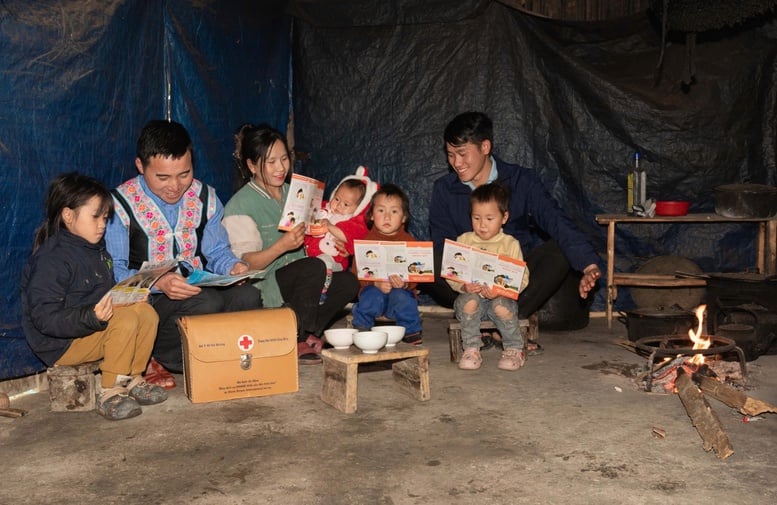
Village health workers in Tuyen Quang province go to each house to do health communication and education work - Photo: Vu Mung
It can be seen that the merger of administrative units is not only an organizational reform, but also a test of the management capacity of each sector and each locality. In that context, the Tuyen Quang health sector has clearly demonstrated its mettle and responsibility. Health care is not only a task, but also a commitment: despite the change in boundaries, the health "blood" still flows smoothly, so that all people, from the elderly to children in remote areas, are fully cared for, in accordance with the spirit of "no one is left behind".
According to Dr. Saia Ma'u Piukala, Director of the World Health Organization (WHO) Western Pacific Region: Bringing health care closer to the people, providing services closest to the people through grassroots health care to provide primary health care for people right where they live. This is the key to better health care for the Vietnamese people, because grassroots health care can provide 90% of essential services, save more lives, prolong healthy life and help promote economic growth.
Son Hao
Source: https://baochinhphu.vn/cham-soc-suc-khoe-dong-bao-dtts-bao-dam-mach-mau-y-te-thong-suot-sau-sap-nhap-102250828080925178.htm



![[Photo] General Secretary To Lam attends the opening ceremony of the National Achievements Exhibition](https://vphoto.vietnam.vn/thumb/1200x675/vietnam/resource/IMAGE/2025/8/28/d371751d37634474bb3d91c6f701be7f)
![[Photo] General Secretary To Lam presents the 45-year Party membership badge to comrade Phan Dinh Trac](https://vphoto.vietnam.vn/thumb/1200x675/vietnam/resource/IMAGE/2025/8/28/e2f08c400e504e38ac694bc6142ac331)
![[Photo] Prime Minister Pham Minh Chinh meets with Speaker of the New Zealand Parliament Gerry Brownlee](https://vphoto.vietnam.vn/thumb/1200x675/vietnam/resource/IMAGE/2025/8/28/cec2630220ec49efbb04030e664995db)
![[Photo] Politburo works with the Standing Committee of Cao Bang Provincial Party Committee and Hue City Party Committee](https://vphoto.vietnam.vn/thumb/1200x675/vietnam/resource/IMAGE/2025/8/28/fee8a847b1ff45188749eb0299c512b2)
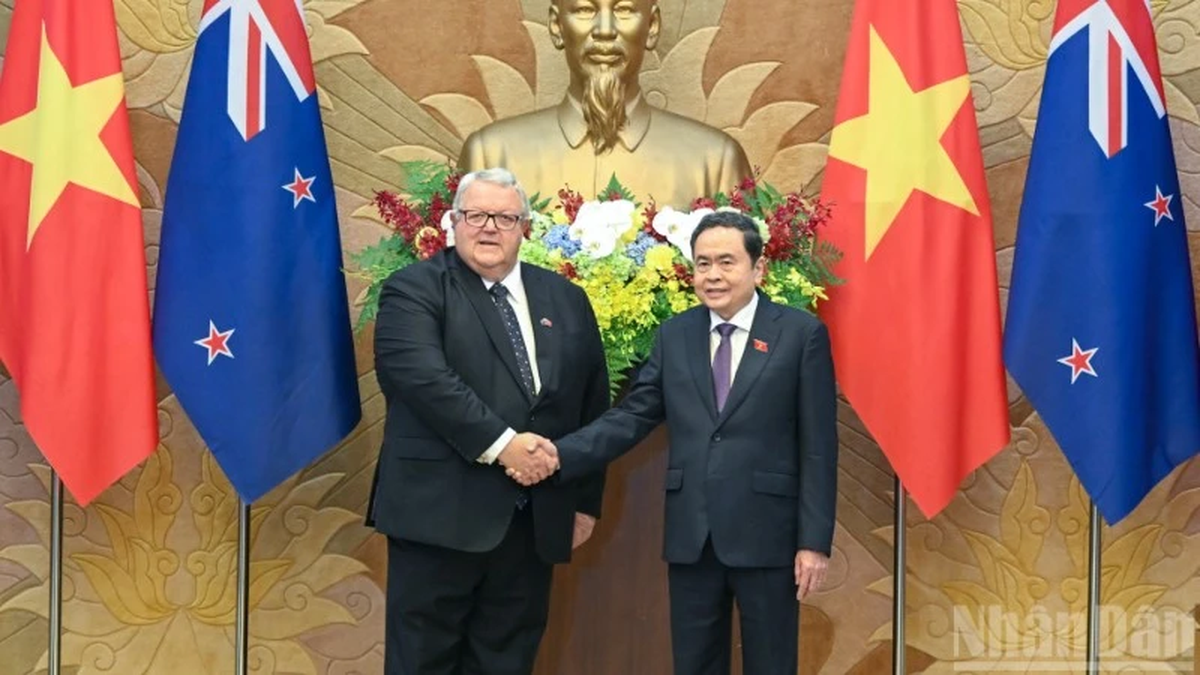
![[Photo] Red flag with yellow star flutters in France on National Day September 2](https://vphoto.vietnam.vn/thumb/1200x675/vietnam/resource/IMAGE/2025/8/28/f6fc12215220488bb859230b86b9cc12)
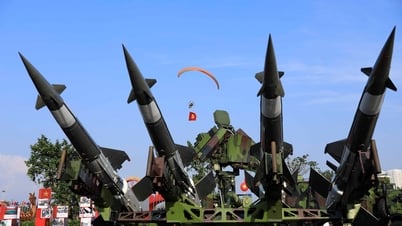

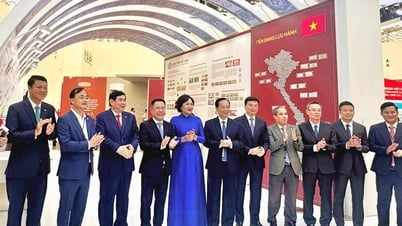


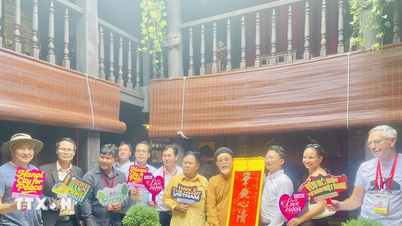

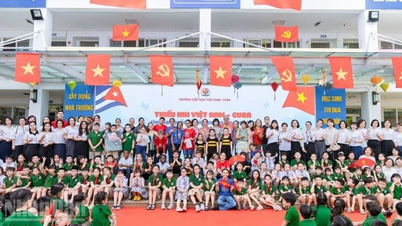







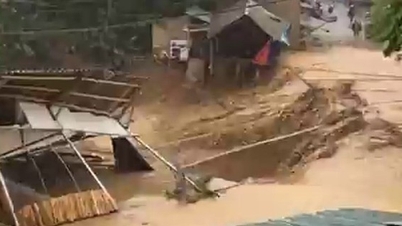

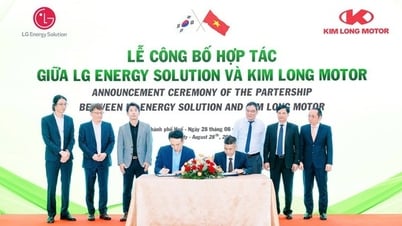
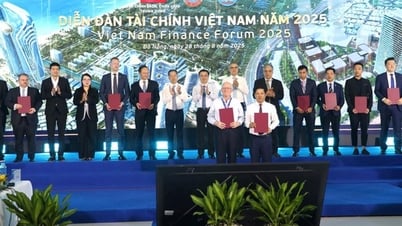




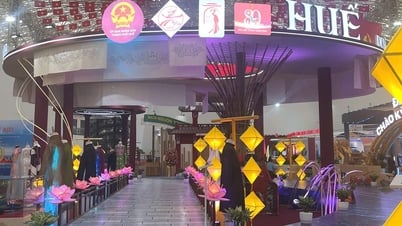
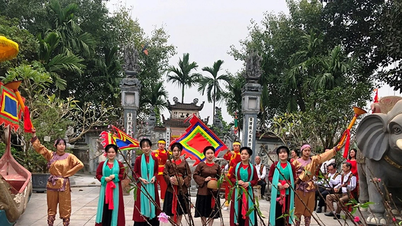






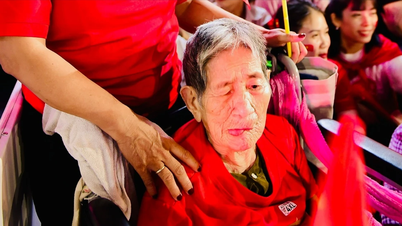

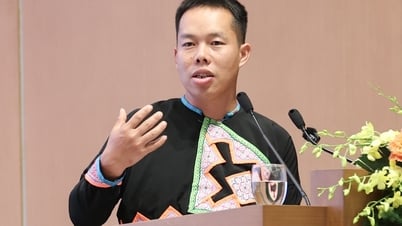

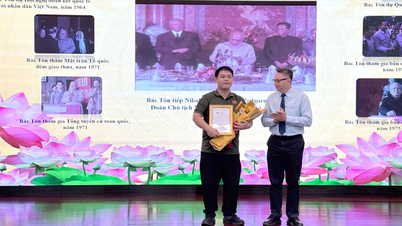

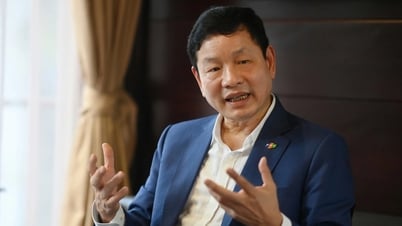

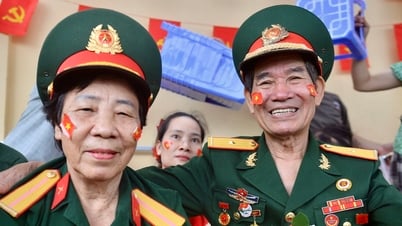


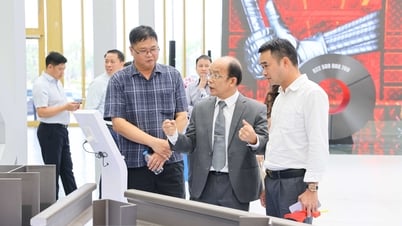


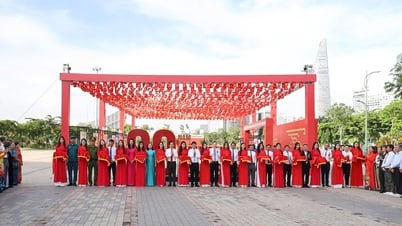
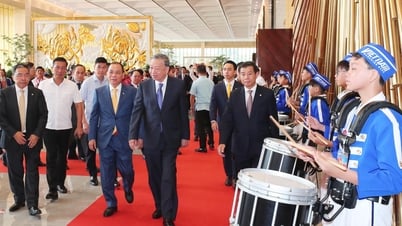


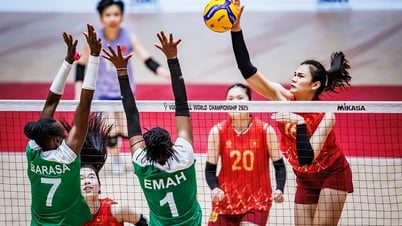











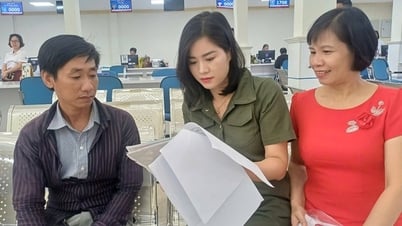



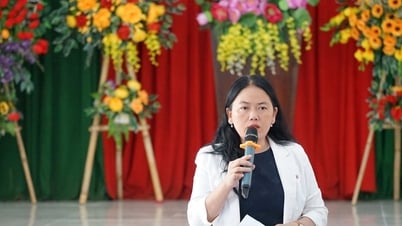
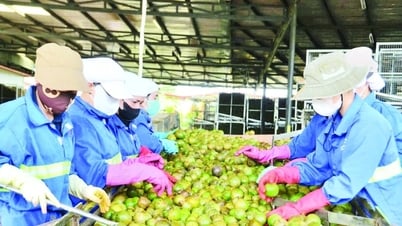
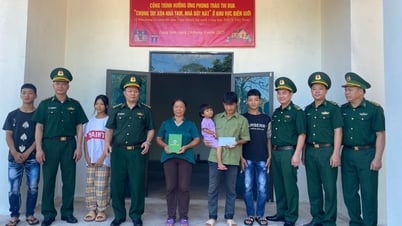

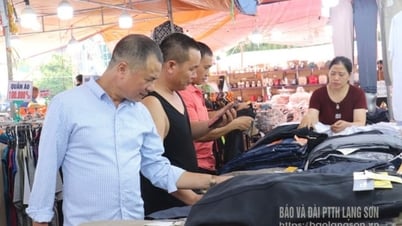
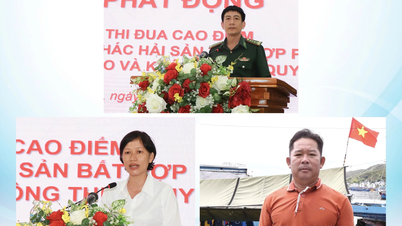





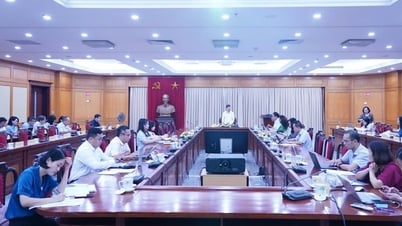

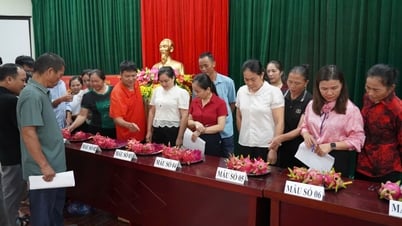

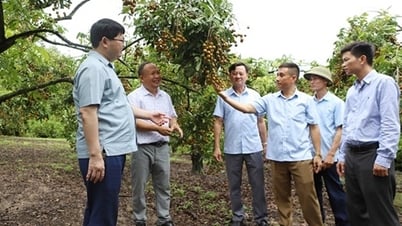




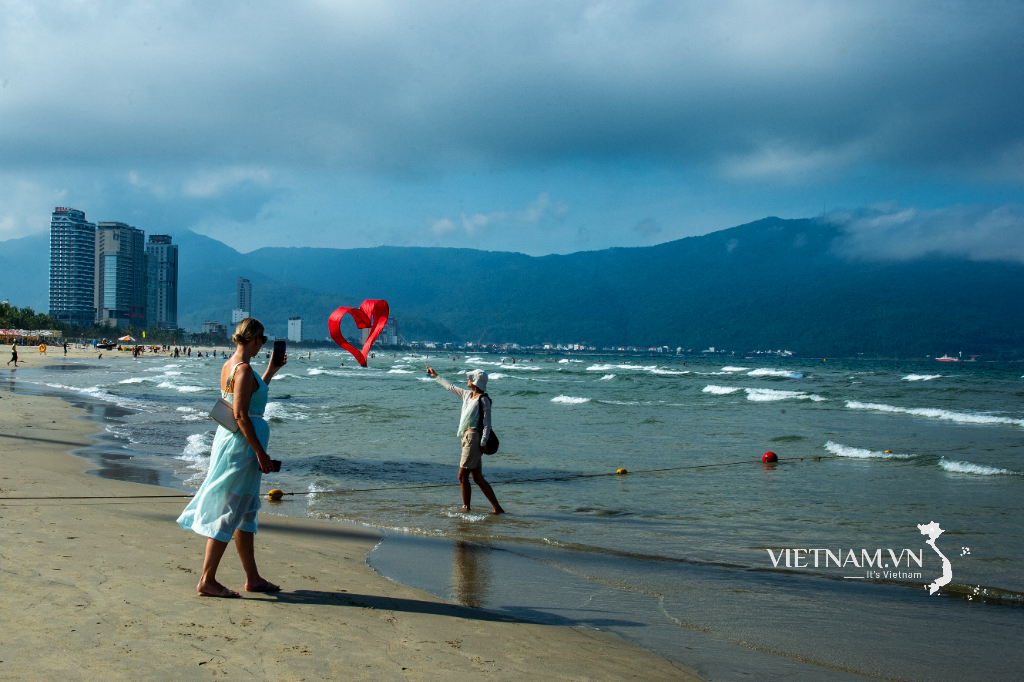

Comment (0)